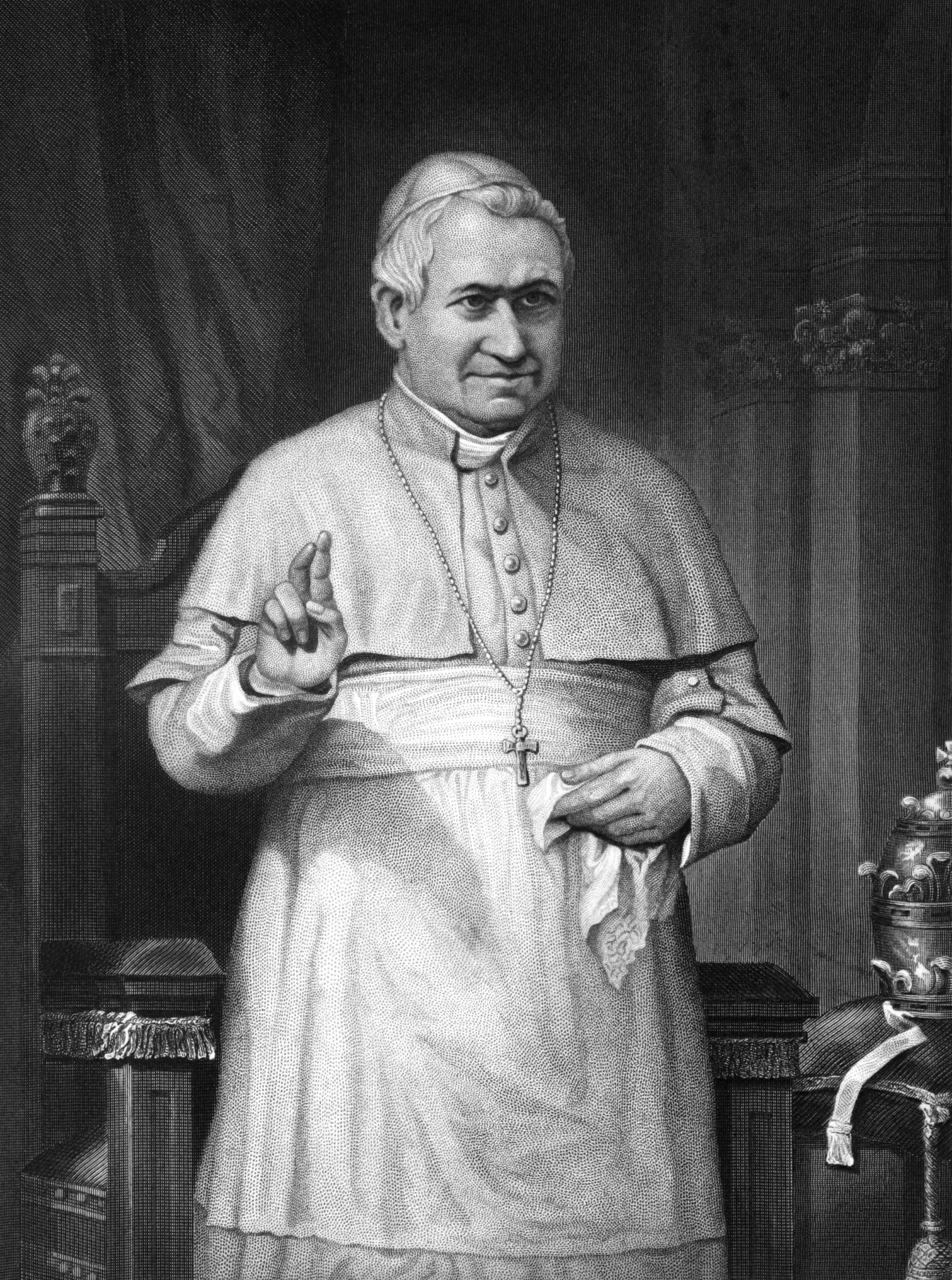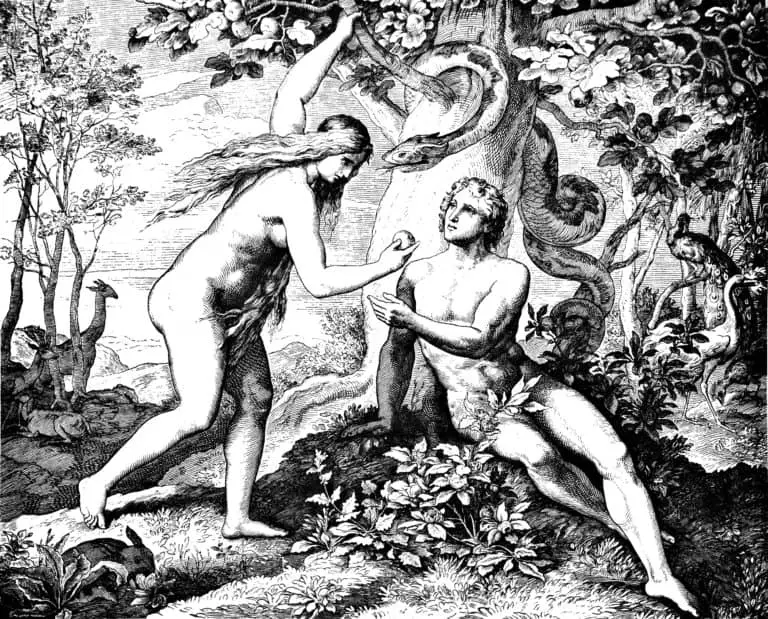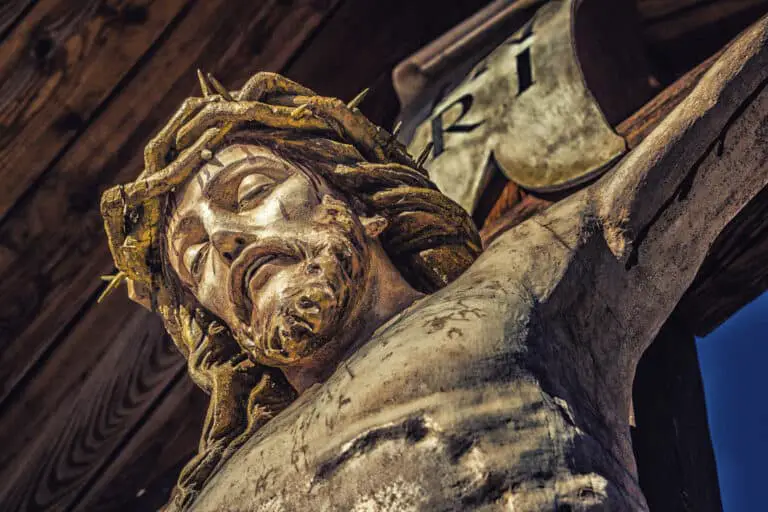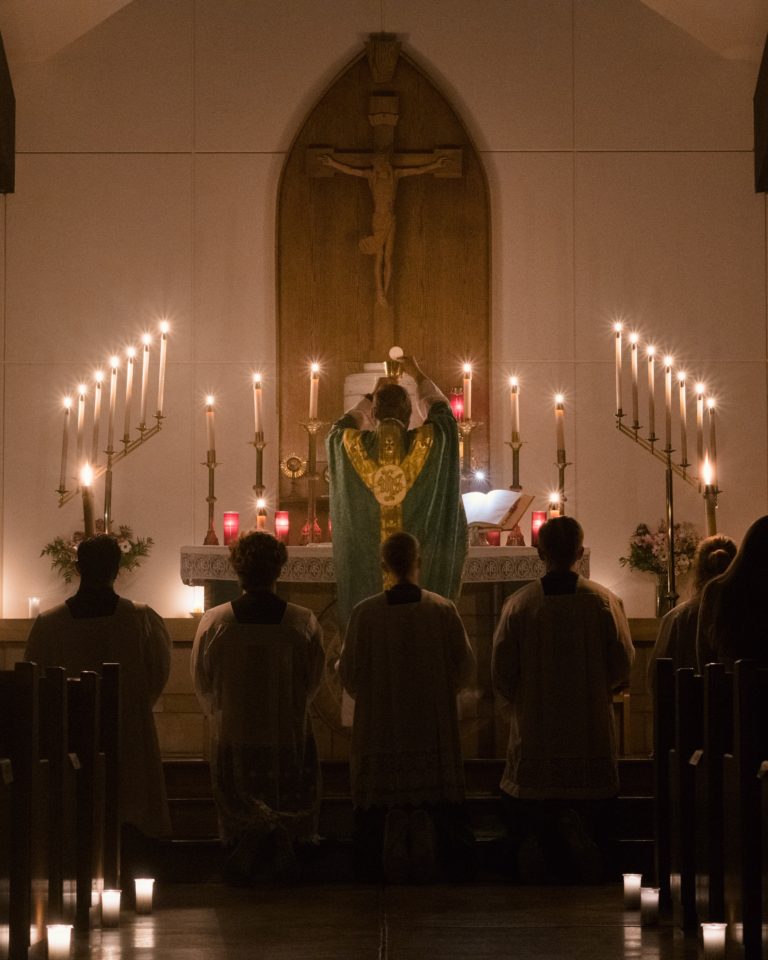Is the Pope Infallible?
The doctrine of Papal Infallibility remains one of the most widely misunderstood teachings of the Catholic Church. Would you believe that despite centuries of papal pronouncements, this doctrine has only been formally exercised twice in Church history? Yes, only in 1854 and 1950, when Popes Pius IX and Pius XII defined the Immaculate Conception and Assumption of Mary, respectively.
I find that Catholics and non-Catholics alike frequently misinterpret what papal infallibility actually means. When the First Vatican Council solemnly defined this doctrine in 1870, it followed “long, fierce, and heated discussions” among the 535 Council Fathers present. Though the final approval appeared unanimous, we must note that 83 Council Fathers chose not to participate in the final vote. The roots of this doctrine, however, extend much deeper into Church history, being firmly grounded in the Catholic understanding of the Church’s divine teaching mission.
Confusion has persisted throughout the centuries regarding what this doctrine truly entails. Let us be clear: papal infallibility does not mean the pope is free from all error or sin. Rather, it teaches that when the pope speaks ex cathedra (from the chair of Peter) on matters of faith or morals, he receives divine protection from error. This is not a personal attribute of the man who is pope, but a charism granted to him in his role as successor to St. Peter.

Throughout this article, I will guide you through a complete understanding of papal infallibility—examining its biblical foundations, historical development, and practical applications within the Church. We’ll explore the reasons this doctrine is so often misrepresented and clarify how it actually functions within the Church’s teaching authority. The Almighty has provided this gift not for the glorification of the pope but for the preservation of His Church’s doctrinal integrity.
By the conclusion of our exploration, you will have gained a much clearer picture of this essential yet frequently misunderstood teaching of our Catholic faith.
What Papal Infallibility Is and Is Not?
Many practicing Catholics find the precise theological understanding of papal infallibility difficult to grasp. At its essence, papal infallibility refers to a specific charism (gift) granted to the pope which prevents him from formally teaching error in matters of faith and morals under certain conditions. Before exploring the implications of this doctrine, let us first establish what it actually entails.
A) Papal infallibility meaning vs. impeccability
One fundamental misconception about papal infallibility stems from confusing it with impeccability. Infallibility means immunity from error in teaching, whereas impeccability refers to the impossibility of sinning. These are entirely distinct concepts. The pope, like any human being, is capable of making mistakes in his personal life and opinions. Furthermore, infallibility is not a personal attribute of the pope but rather a charism granted to him in his role as successor to St. Peter and head of the Church.
The First Vatican Council clarified that this gift is linked to the pope’s office, not his person. It serves as a protective gift, not a creative one introducing new revelation. Throughout Church history, many popes lived less than exemplary lives, yet this has no bearing on the doctrine of infallibility since it applies only to their official teaching capacity under specific circumstances.
B) Misconceptions among non-Catholics and Catholics
Another prevalent misconception is the belief that everything the pope says is infallible. Should you be looking for infallible statements in every papal document, you would be searching in vain. In reality, most papal teachings are not infallible. For a teaching to be considered infallible, the pope must speak with the fullness of his authority to the whole Church and clearly indicate he’s pronouncing a definitive teaching.
Additionally, the pope is not infallible when speaking as a private theologian or solely as the bishop of Rome. The phrase “I declare and define” in papal documents typically signals an infallible teaching. Consequently, throughout history, only a handful of papal pronouncements meet the criteria for infallibility.
Some Catholics incorrectly assume the doctrine means the pope possesses special knowledge or inspiration. This shows a misunderstanding of the charism’s purpose. In fact, infallibility doesn’t provide the pope with new information—it simply protects the information he teaches from error. Moreover, infallibility belongs not just to the pope but is a charism entrusted by Christ to the whole Church.
C) Clarifying the scope: faith and morals only
What are the precise conditions for a papal statement to be considered infallible?
The scope of papal infallibility is strictly limited in the following manner:
It applies exclusively to matters of faith and morals
The pope must be speaking ex cathedra (“from the chair” of Peter) in his role as shepherd and teacher of all Christians
He must define a doctrine to be held by the universal Church
He must express his intention to make a definitive pronouncement
The First Vatican Council (1869-70) carefully enumerated these conditions, emphasizing that infallibility pertains only to divinely revealed dogmas—not to create new doctrines. Indeed, the infallible or “extraordinary” papal magisterium has been exercised only twice in modern history: when Pope Pius IX defined the Immaculate Conception (1854) and when Pope Pius XII defined Mary’s Assumption (1950).
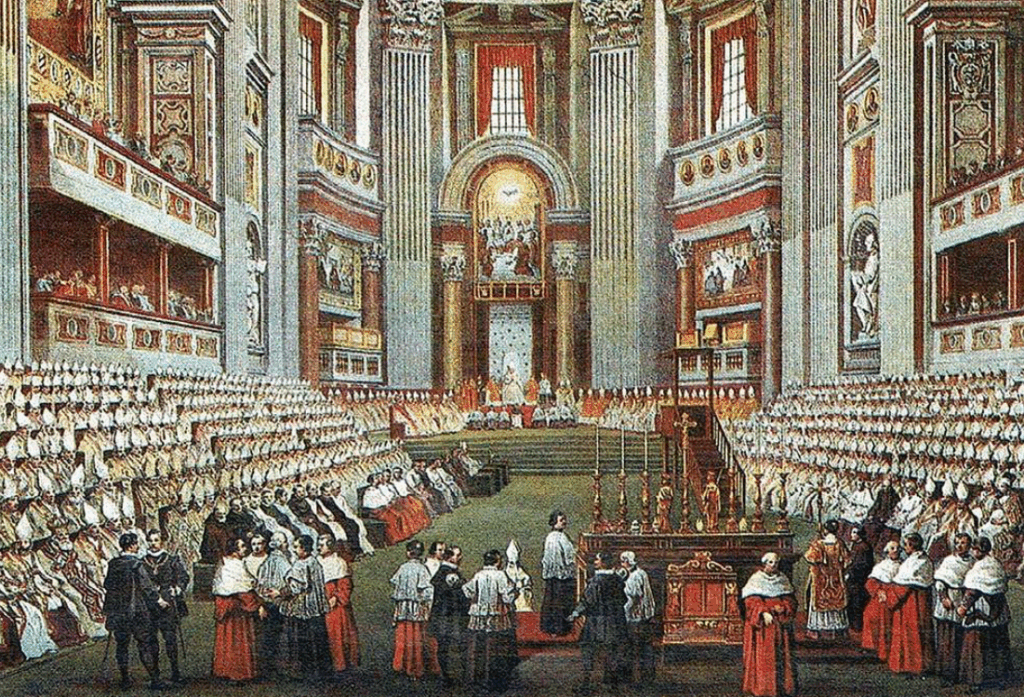
Disciplinary decisions, administrative judgments, and personal opinions of popes fall outside the scope of infallibility. This restricted application explains why debates about papal infallibility often involve misunderstandings about its purpose and limitations within Catholic theology.
Are there Biblical and Theological Foundations for Papal Infallibility?
The Biblical basis for the Doctrine of Papal Infallibility rests firmly on three key Scripture passages. While the word “infallibility” does not appear in the Bible (similar to words like “Trinity” which developed later), the concept is clearly established through these foundational texts that reveal God’s plan for preserving truth in His Church.
I) The Petrine Promise in Matthew 16:18-19
The cornerstone Scripture passage for understanding Papal Infallibility comes directly from Our Lord’s words to Peter:
“You are Peter, and upon this rock I will build My Church, and the gates of hell shall not prevail against it” (Matthew 16:18).
This profound statement contains a divine wordplay in the original Greek between “Petros” (Peter) and “petra” (rock), reflecting the Aramaic nickname “Cepha” (rock) that Jesus bestowed upon Simon.
When examining this passage closely, we see three critical elements:
Christ establishes Peter as the foundation of His Church
He promises that evil forces would never overcome this Church
He gives Peter “the keys of the kingdom of heaven” (Matthew 16:19)
This granting of keys represents nothing less than divine authority. For Catholics, these keys symbolize the guarantee that Peter and his successors would be protected from fundamentally falling into error when teaching on matters of faith and morals. The “binding and loosing” power mentioned afterward creates a profound connection between heaven and the teaching authority of the Church—what Peter binds on earth is bound in heaven.
II) Christ’s Prayer for Peter’s Unfailing Faith
The second foundational text appears during the Last Supper when Jesus tells Peter:
“I have prayed for you that your faith may not fail; and when you have turned again, strengthen your brethren” (Luke 22:32).
This passage deserves special attention, as Our Lord singles out Peter among all the disciples present for this particular prayer.
It is important to note:
This unique prayer for Peter appears only once in Scripture
Satan specifically targeted Peter (“Satan demanded to have you”) as the leader
Christ prays specifically for Peter’s faith not to fail completely
Jesus commands Peter to strengthen his brothers after his restoration
Catholic theology sees this passage as profoundly significant. Christ’s prayer for Peter’s unfailing faith, followed by the command to strengthen his brothers, clearly establishes Peter’s special role in preserving doctrinal integrity. This passage thus foreshadows the pope’s role in confirming fellow believers in true doctrine.
III) The Church as Pillar and Foundation of Truth
The third key text comes from St. Paul’s letter to Timothy, where he describes
“the church of the living God, the pillar and foundation of the truth” (1 Timothy 3:15).
This metaphor of the Church as both supporting and upholding truth provides another biblical basis for infallibility.
As Catholics, we understand that pillars and foundations prevent collapse—if the Church is truly the foundation of truth, it logically cannot teach error in matters essential to salvation. As the “pillar and bulwark of truth,” the Church must possess some mechanism to ensure doctrinal accuracy. This passage connects beautifully with Ephesians 2:19-21, where the Church’s own foundation is identified as “the apostles and prophets, Christ Jesus himself being the cornerstone.”
Together, these three passages establish the biblical principles that underlie the doctrine of papal infallibility: Peter as the rock foundation with heaven-backed authority, Christ’s specific prayer for Peter’s unfailing faith, and the Church’s role as truth’s pillar. While non-Catholic interpretations differ on these texts, the Catholic Church recognizes them as clear indicators of God’s plan to preserve doctrinal integrity through the papacy.
I highly recommend studying these passages in their full context with a good Catholic commentary to gain an even deeper appreciation for how God has provided for the preservation of His truth through the ages.
How has “Papal Infallibility” Developed?
The teaching of papal infallibility, whilst firmly rooted in Scripture and Tradition, received its formal definition during a particularly turbulent period of Church history. The papacy faced unprecedented challenges from modern political movements and intellectual currents that sought to undermine the authority of the Church. Though the doctrine had been believed implicitly for centuries, its explicit articulation as dogma came relatively recently.
A) The Solemn Definition: Pastor Aeternus (1870)
The doctrine of papal infallibility was solemnly defined on July 18, 1870, in the Dogmatic Constitution Pastor Aeternus (Eternal Shepherd) during the First Vatican Council. Following “long, fierce, and heated discussions” among the Council Fathers, the final vote revealed overwhelming support with 433 affirmative votes and merely two negative votes from bishops Aloisio Riccio and Edward Fitzgerald. The path to this definition, however, was not without contention—an earlier preliminary vote had shown 88 negative votes, with many bishops subsequently departing Rome before the final decision.
Pope Pius IX, who served the Church from 1846 to 1878, promulgated this definition partly in response to the cultural and political crisis ignited by the French Revolution and its aftermath. What is striking about Pastor Aeternus is its remarkable conciseness—it consists of only four chapters addressing the “institution, permanence and nature of the sacred and apostolic primacy.”
Under What Conditions Is a Statement Ex Cathedra?
According to Vatican I’s definition, papal pronouncements are considered infallible only when specific conditions are met:
The Roman Pontiff speaks ex cathedra (“from the chair” of Peter)
He acts in his capaciy as “shepherd and teacher of all Christians”
By virtue of his “supreme apostolic authority”
Defines a doctrine concerning faith or morals
To be held by the universal Church
It is important to note that these definitions are “irreformable of themselves, and not from the consent of the Church.” The language typically includes formulas such as “we declare, pronounce and define” or includes an anathema statement indicating that dissenters have “fallen away completely from the divine and Catholic Faith.”
B) Vatican II’s Reaffirmation and Expansion
Did the Second Vatican Council (1962-65) reform or diminish papal infallibility?
Not at all—it reaffirmed and expanded upon it. In Lumen Gentium (Dogmatic Constitution on the Church), Vatican II explicitly stated: “This teaching concerning the institution, the permanence, the nature and import of the sacred primacy of the Roman Pontiff and his infallible teaching office, the sacred synod proposes anew to be firmly believed by all the faithful.”
At the same time, Vatican II broadened our understanding of infallibility by incorporating the role of bishops, noting that
“The infallibility promised to the Church resides also in the body of Bishops, when that body exercises the supreme magisterium with the successor of Peter.”
Therefore, the two Vatican Councils are essentially complementary—Vatican I focused on papal prerogatives, whereas Vatican II extended attention to the entire People of God through concepts of “collegiality” and “communion.”
I highly recommend studying both Pastor Aeternus and Lumen Gentium for a deeper understanding of how the Church articulates this essential doctrine.
Are there Examples and Limitations to Infallible Teachings?
Throughout the long history of the Catholic Church, only a handful of papal pronouncements have met the strict criteria for infallibility. By examining these rare instances, we can gain valuable insights into both the scope and limitations of this essential doctrine.
1) The Immaculate Conception (1854)
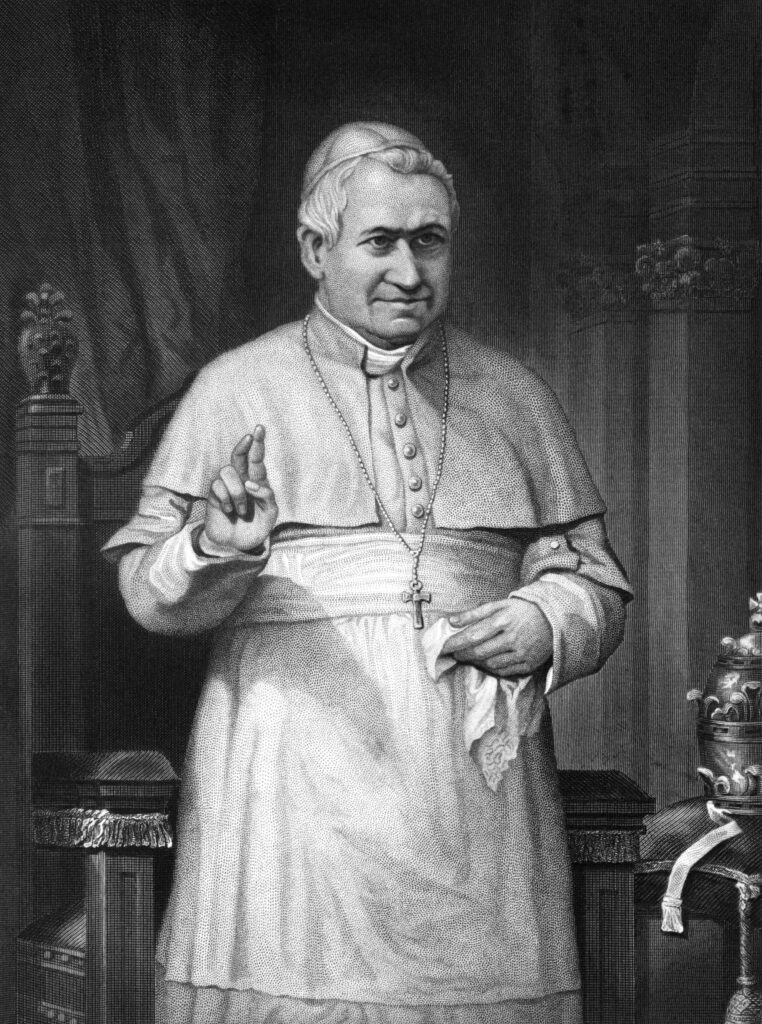
The first undisputed exercise of papal infallibility occurred when Pope Pius IX formally defined the Immaculate Conception in his apostolic constitution Ineffabilis Deus. This solemn dogma declares that Mary “from the first moment of her conception, by a singular grace and privilege of almighty God, and in view of the merits of Jesus Christ, Savior of the human race, was preserved free from every stain of original sin” [15].
What many people do not realize is that prior to this formal definition, Pope Pius IX consulted 603 bishops worldwide, with 546 (90%) supporting the proclamation [16]. This shows the collaborative nature of even infallible pronouncements. The Holy Father emphasized that this doctrine was not new but rather “contained in that divine deposit which Christ has delivered to his Spouse to be guarded faithfully and to be taught infallibly” [4].
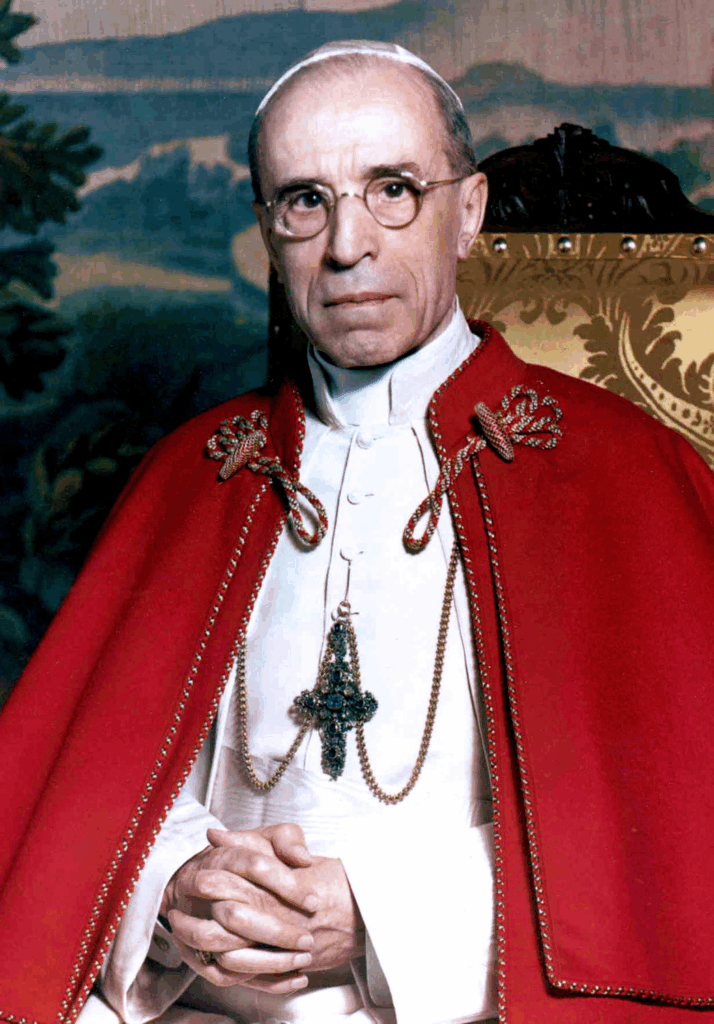
2) The Assumption of Mary (1950)
Almost a century later, Pope Pius XII exercised papal infallibility to define the Assumption of Mary in Munificentissimus Deus. He solemnly declared “that the Immaculate Mother of God, the ever Virgin Mary, having completed the course of her earthly life, was assumed body and soul into heavenly glory” [17].
This pronouncement came after receiving near-unanimous approval from bishops worldwide [4]. I find it particularly significant that both Marian dogmas are closely connected, as Pius XII himself explained: these “two privileges are most closely bound to one another” [4]. This connection reveals the coherent nature of Catholic doctrine even when developed across centuries.
Why are most papal teachings not infallible?
For a teaching to qualify as infallible, stringent conditions must be met. The pope must:
Speak as universal pastor of all Christians
Invoke his full apostolic authority
Clearly express his intention to define doctrine [18]
As a result of these strict requirements, encyclicals, apostolic exhortations, and other common papal documents typically represent non-infallible teachings. These require “religious assent” rather than the absolute assent demanded by infallible pronouncements [18]. This is why most papal statements, even authoritative ones, remain subject to possible refinement or development as the Church’s understanding deepens.
Disciplinary vs. doctrinal statements
It is important to note the distinction between discipline and doctrine. Discipline concerns changeable Church practices and rules, whereas doctrine involves unchangeable truths of faith and morals [19]. Even when speaking authoritatively, the pope’s disciplinary decisions—regarding liturgy, Church governance, or canonical penalties—cannot be considered infallible [19].
This means that disciplines “can be changed with the approval of proper authority, as opposed to doctrine, which is unchangeable” [20]. To understand this distinction is to grasp a fundamental aspect of how the Church operates under divine guidance while adapting to different historical circumstances.
What are common objections to Papal Infallibility and Their Responses?
Critics of papal infallibility often point to historical cases that seem to contradict this doctrine. Let us examine these objections and see how, rather than undermining the teaching, they actually help clarify its proper understanding.
The Case of Pope Honorius and the Monothelite Controversy
Perhaps the strongest objection involves Pope Honorius I (625-638), who was posthumously condemned by the Sixth Ecumenical Council in 681. This condemnation related to his handling of the Monothelite heresy—a view claiming Christ had only one will (divine) rather than both divine and human wills. In correspondence with Patriarch Sergius of Constantinople, Honorius wrote about “one will of our Lord Jesus Christ,” which the Monothelites later cited as support for their position.
This historical example fails to disprove papal infallibility for three important reasons:
Honorius was writing private letters, not speaking ex cathedra
He was calling for silence on disputed terminology rather than defining doctrine
Pope Leo II, who confirmed the council’s acts, condemned Honorius not for teaching heresy but because “he permitted the immaculate faith to be subverted”
As the great Catholic apologist Ronald Knox wisely noted, “Nobody has ever claimed that the pope is infallible in not defining a doctrine.”
St. Paul’s Rebuke of St. Peter in Galatians
Another common objection comes from Galatians 2:11-14, where St. Paul “opposed Peter to his face” for withdrawing from table fellowship with Gentiles when certain Jewish Christians arrived. Those who reject papal authority often argue this disproves Peter’s infallibility.
This objection reveals a fundamental misunderstanding, confusing infallibility with impeccability. St. Peter’s actions involved matters of personal conduct and discipline, not doctrinal teaching. Even St. Paul acknowledged that Peter “very well knew the correct teaching” but failed to live accordingly. Furthermore, Peter’s moral failure did not negate his authority, just as Our Lord taught that the Pharisees’ authority remained valid despite their hypocrisy (Matthew 23:2-3).
Doctrinal Consistency Despite Personal Failings
The distinction between personal behavior and official teaching capacity is crucial for understanding this doctrine. As Cardinal Pell noted, “Doctrine does develop, we understand truth more deeply, but there are no doctrinal back-flips in Catholic history.” The Church is built “on Peter himself, despite his faults and failings.”
Throughout salvation history, God has worked through imperfect instruments. Sinful individuals have written divinely inspired Scripture. St. Peter himself wrote two infallible epistles despite his earlier denials of Christ. Even the most evil beings have accurate knowledge of God—”Even the demons believe—and shudder” (James 2:19).
What this shows us is that personal moral failings operate in an entirely different sphere than teaching authority. God’s grace works through human weakness, ensuring that despite our frailties, the deposit of faith remains uncorrupted. The charism of infallibility protects the Church’s teaching, not the personal holiness of her teachers.
Conclusion
Throughout our journey exploring papal infallibility, we have uncovered the true nature of this frequently misunderstood doctrine. The Lord has provided this gift to His Church not for the personal glorification of popes, but rather as a divine safeguard for preserving the deposit of faith across the centuries.
The Scriptural foundations we have examined form the bedrock upon which this teaching stands firm. Christ’s promise to Peter, “You are Peter, and upon this rock I will build my Church,” His specific prayer that Peter’s faith would not fail, and St. Paul’s description of the Church as “the pillar and foundation of truth” all point to God’s divine plan to protect His Church from doctrinal error. These passages, while interpreted differently by various Christian traditions, provide compelling evidence for the Catholic understanding of papal infallibility.
When the First Vatican Council solemnly defined this doctrine in 1870, they did not create something new but rather articulated explicitly what had been implicitly believed throughout Church history. The remarkably limited application of this charism—exercised formally only twice with the Marian dogmas—demonstrates the Church’s prudence and reverence regarding such solemn pronouncements.
Critics who point to historical cases like Pope Honorius or St. Peter’s rebuke by St. Paul actually help us better understand rather than undermine the doctrine. These examples highlight the crucial distinction between a pope’s personal behavior and his official teaching capacity. Popes remain fallible human beings capable of sin and error in their personal lives, yet this human weakness does not negate the protective charism granted to the papal office under those specific, limited conditions defined by the Church.
Papal infallibility stands as a beautiful testament to the Catholic belief that Christ continues to guide His Church through human instruments, ensuring that despite our weaknesses, the truth of our faith remains preserved across generations. This doctrine, properly understood, reflects not human arrogance but divine providence working through earthly vessels to safeguard eternal truths.
I highly recommend that those seeking to understand the Catholic faith more deeply approach this topic with an open heart and mind, recognizing that God works through His Church not despite human weakness but often through it, manifesting His power in our limitations.
God be with you.
FAQs
Q1. What exactly does papal infallibility mean in the Catholic Church? Papal infallibility is a doctrine that states the Pope is preserved from error when he speaks ex cathedra (from the chair of St. Peter) on matters of faith and morals. It does not mean the Pope is sinless or always correct in personal opinions, but rather that he is divinely protected from formally teaching error to the universal Church under specific conditions.
Q2. How often has papal infallibility been invoked? Papal infallibility has been formally invoked only twice in modern history. The first was in 1854 when Pope Pius IX defined the dogma of the Immaculate Conception, and the second was in 1950 when Pope Pius XII defined the dogma of the Assumption of Mary.
Q3. Does papal infallibility mean Catholics must agree with everything the Pope says? No, Catholics are not required to agree with everything the Pope says. Papal infallibility applies only to solemn, official teachings on faith and morals, not to personal opinions or non-religious matters. Most papal statements are not considered infallible.
Q4. How can papal infallibility be reconciled with historical examples of controversial popes? Papal infallibility does not guarantee the personal holiness or impeccability of popes. It is a charism attached to the office, not the individual. Historical examples of controversial popes do not negate this doctrine, as it applies only to formal definitions of doctrine, not to personal conduct or opinions.
Q5. What are the conditions for a papal statement to be considered infallible? For a papal statement to be considered infallible, the Pope must: 1) speak as the universal pastor and teacher of all Christians, 2) define a doctrine concerning faith or morals, 3) speak with the full authority of his office, and 4) clearly intend to make a binding declaration for the entire Church.
References
[1] – https://www.ewtn.com/catholicism/library/immaculate-conception-defined-by-pius-ix-8040
[2] – https://www.bbc.co.uk/religion/religions/christianity/beliefs/immaculateconception.shtml
[3] – https://www.vatican.va/content/pius-xii/en/apost_constitutions/documents/hf_p-xii_apc_19501101_munificentissimus-deus.html
[4] – https://en.wikipedia.org/wiki/Munificentissimus_Deus
[5] – https://onepeterfive.com/submission-non-infallible-papal/
[6] – https://www.thecatholicthing.org/2015/11/30/discipline-versus-doctrine/
[7] – https://www.catholic.com/magazine/print-edition/is-it-a-doctrine-or-a-discipline
